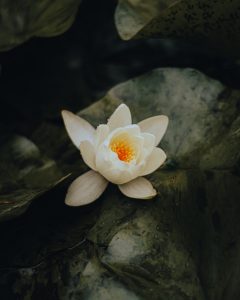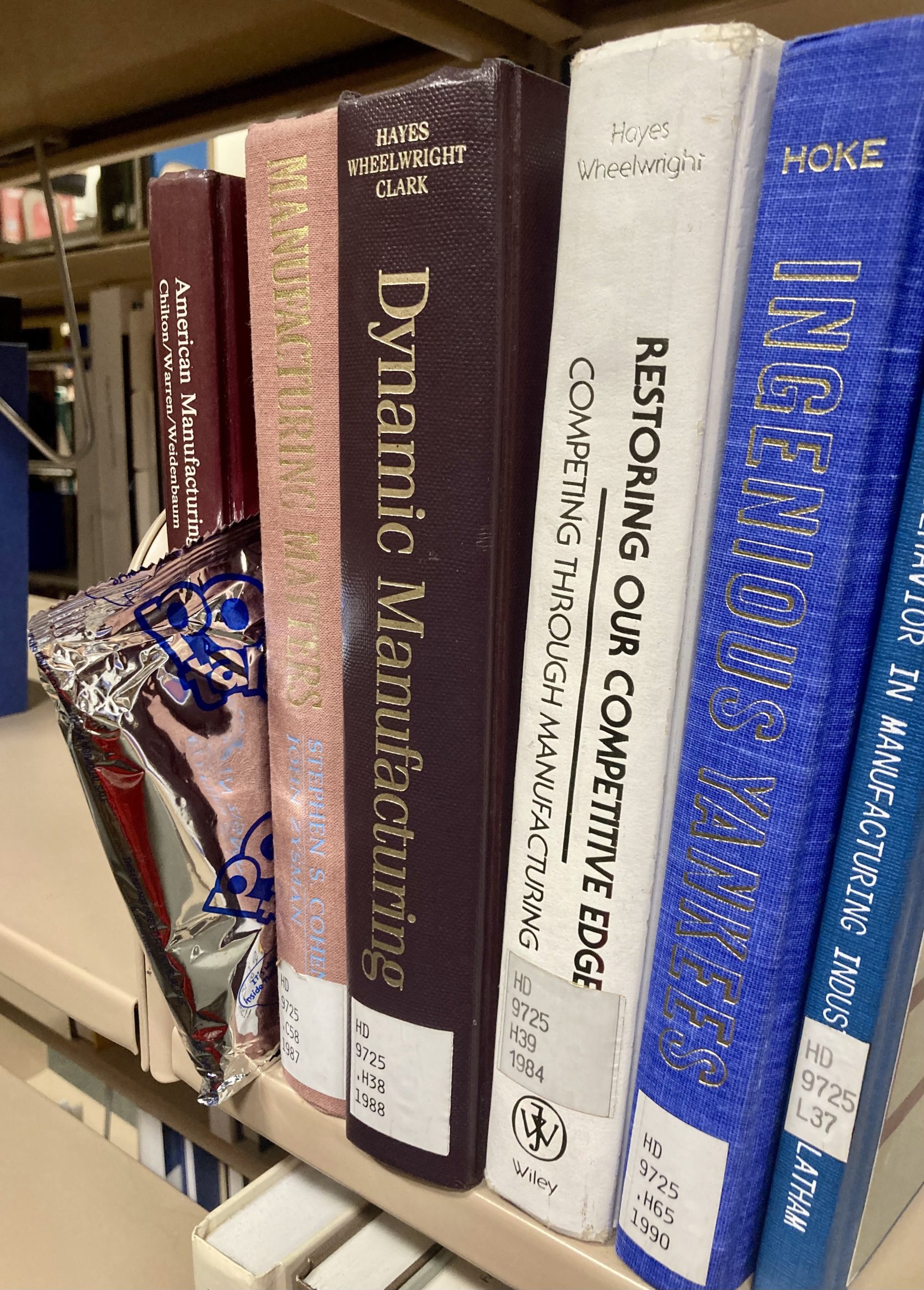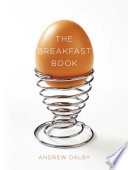Cat in the Stax: My Life as a Cat
By Ethan Shea
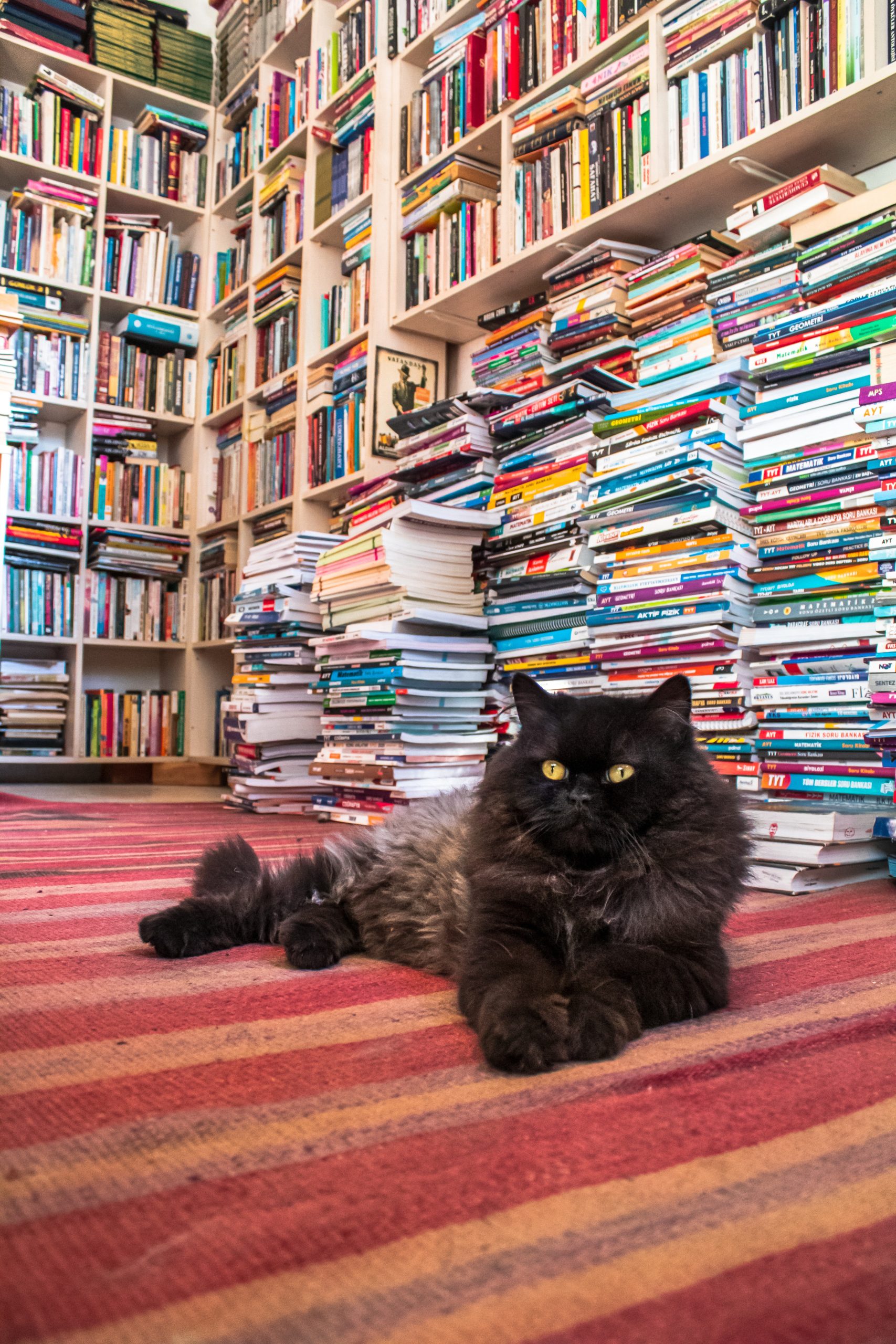
Photo by Fatih Kopcal from pexels.com
After 70 recurring blogs and two years at Falvey, this will be my final “Cat in the Stax.”
This particular blog is special for a number of reasons, but the creative freedom that comes with being the Cat in the Stax has been the most valuable for me. When I first took on the role, I wondered how I could possibly come up with a new topic every week, but after two years of writing, I feel like I have just begun.
My creative process for this blog has remained relatively simple. I pinpoint whichever niche topic currently piques my interest, and I write about it. Whether it’s outer space or reality television, with the Library’s endless resources, Falvey is always relevant to the conversation.

Photo from Falvey’s doughnut-filled stress buster
Despite my passion for the “Cat in the Stax,” my time at Falvey cannot be defined by a single blog. Rather, one of my favorite parts about working in the Library is the excitement in-person events never fail to bring.
Whether it’s a lecture by a world-renowned academic, or a stress buster involving hundreds of Krispy Kreme doughnuts, you never know what you may encounter when you enter Falvey. My favorite recurring event involves the Pals for Life therapy animals who always brighten up my day. You can check out photos from their most recent visit to Falvey in last week’s Foto Friday blog.
In addition to the “Cat in the Stax,” with the help of fellow Graduate Assistant Annie Stockmal and undergraduate student worker Anna Jankowski, I’ve also taken great pleasure in perfecting Falvey’s new “In Case You Missed It” (ICYMI) YouTube series and rejuvenating the classic “Curious Cat” blog with video content.
My time as Falvey’s Cat in the Stax has also taught me a lot about theatre. Thanks to Villanova Theatre’s magnificent productions and generosity toward Falvey’s Graduate Assistants, I’ve been able to both attend and write about several shows performed in Villanova’s very own John and Joan Mullen Center for the Performing Arts.
This may be my final “Cat in the Stax,” but it is certainly not the last Falvey will see of me. Without a doubt, I will be back to reminisce on the past and take in the big changes to come for the Library and our campus community.
Thank you to everyone who has read these blogs over the years, and a special thanks to everyone on the Communications and Marketing Team for all your support!
I’ve always said I’m a dog person … but now I’ll always be a cat at heart.
 Ethan Shea is a second-year graduate student in the English Department and Graduate Assistant at Falvey Library.
Ethan Shea is a second-year graduate student in the English Department and Graduate Assistant at Falvey Library.




 Anna Jankowski ’23 CLAS is a Senior Communication Major from just outside Baltimore who works as a Communication & Marketing Assistant in Falvey.
Anna Jankowski ’23 CLAS is a Senior Communication Major from just outside Baltimore who works as a Communication & Marketing Assistant in Falvey.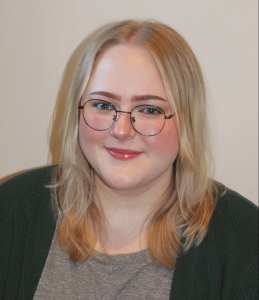 Annie Stockmal is a graduate student in the Communication Department and Graduate Assistant in Falvey Library.
Annie Stockmal is a graduate student in the Communication Department and Graduate Assistant in Falvey Library. 
